Uncover the secrets of growing, foraging, and incorporating wild violets into your garden. From their medicinal and culinary uses to their role in creating a vibrant forage garden, explore the wonders of wild violets in this comprehensive guide.

Wild violets are a common sight in many gardens and lawns, but they are sadly often considered a weed and a nuisance. However, these beautiful plants have many uses and benefits that are often overlooked. Wild violets are a type of perennial herb that belongs to the Viola family. They are native to North America, but are found in many parts of the world.
Jump to:
Wild violets are not only beautiful but also edible. The Viola sororia species has heart-shaped leaves and purple-blue or white-yellow flowers that are perfect for garnishing salads or desserts. The Viola papilionacea species is common in the eastern half of North America, and its seed-bearing capsules can be used to make tea. Wild violet plants are also known for their medicinal properties and have been used for centuries to treat various ailments, including colds, headaches, and respiratory problems.

Identification and Characteristics
Physical Description
Wild violets are low-growing perennials that are native to North America and Europe. They are part of the Viola genus, which also includes pansies. Wild violets have heart-shaped leaves that are slightly serrated and pointed at the tip. The leaves grow in rosettes from the base of the plant and are typically dark green in color. The flowers of wild violets are small and delicate, with five petals arranged in a distinctive pattern. The inner-throat of the flower is white, and the petals can be purple, white, yellow, or a combination of these colors. The flowers can bloom for 4-6 weeks.
Varieties and Colors
There are many different varieties of wild violets, each with its own unique characteristics. Some common varieties include the common blue violet (Viola sororia), the bird's foot violet (Viola pedata), and the sweet white violet (Viola blanda). The common blue violet is the most widespread and recognizable variety, with large blue-violet flowers and heart-shaped leaves. The bird's foot violet has smaller flowers and leaves that are deeply divided into narrow segments. The sweet white violet has delicate white flowers that are tinged with pink or purple.
Wild violets can also exhibit cleistogamous flowers, which are self-pollinating and do not open. These flowers are typically smaller and less showy than the open flowers and can be found closer to the base of the plant. Overall, wild violets are a beautiful and unique addition to any garden or natural area, and their distinctive heart-shaped leaves and delicate flowers make them easy to identify.
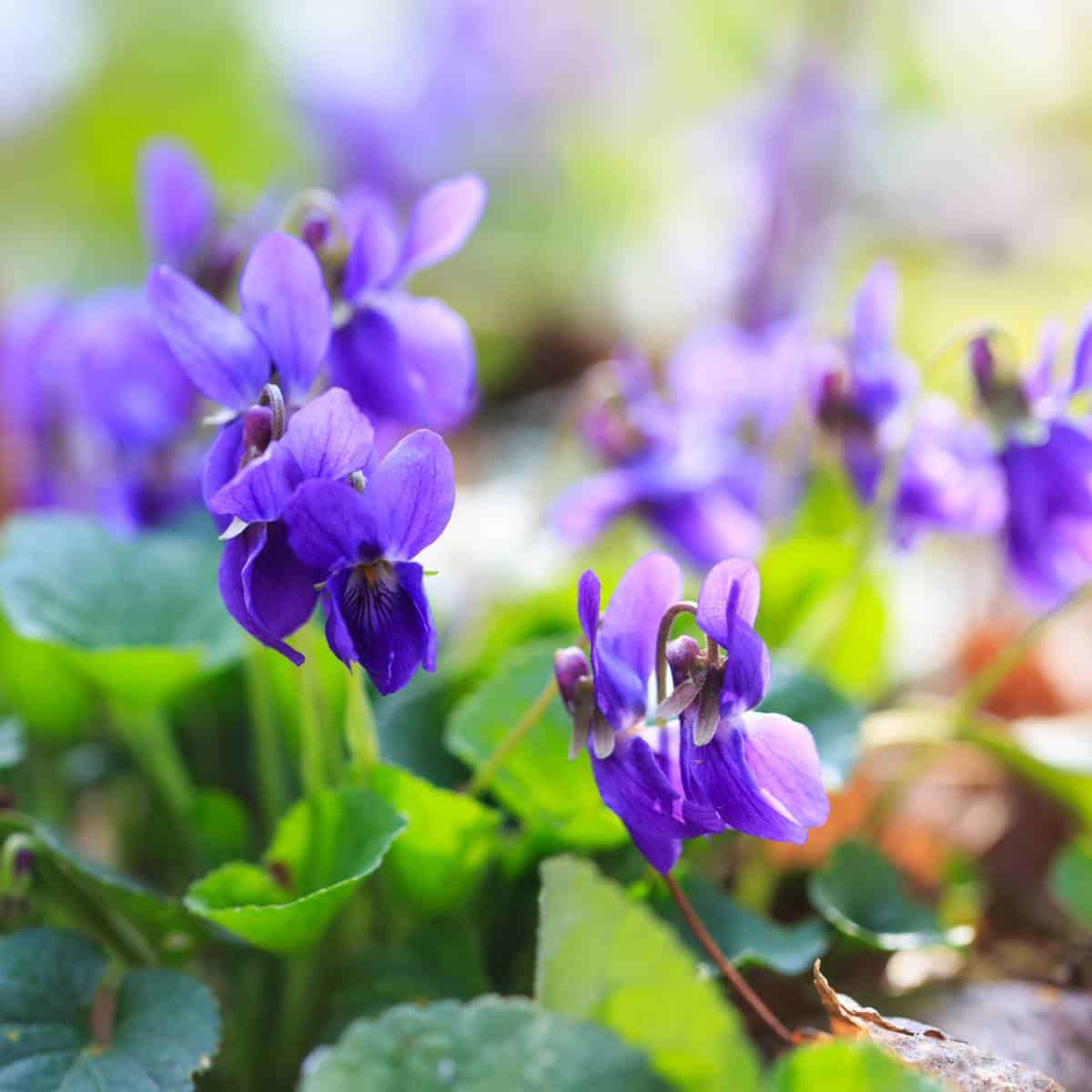
Growing Violets
Violets are a popular choice for gardeners looking to add some color to their landscape. These delicate flowers are easy to grow and care for, making them a great choice for beginners. Let's explore the preferred soil conditions and shade tolerance and sunlight requirements for growing violets.
Preferred Soil Conditions
Wild violets prefer soil that is moist, yet well-draining, and rich in organic matter. They can tolerate many soil types, but they thrive in rich soil that is slightly acidic with a pH range of 6.0 to 7.5. You should avoid planting violets in heavy clay soil or soil that is too sandy. Adding compost or other organic matter to the soil can help improve soil quality and drainage.
Shade Tolerance and Sunlight Requirements
Violets can be planted in both full sun and shady areas, but they prefer light shade. In hot summer months, violets may require more shade to prevent the soil from drying out too quickly. You should avoid planting violets in areas that receive full sun all day long, as this can cause the soil to dry out too quickly. Violets are also a great choice for woodland gardens, rockeries, and banks.
Late winter and early spring is the ideal time to plant violets, but they can be planted throughout spring and fall. If planting in the fall, gardeners should ensure that the plants have enough time to establish before the first frost. Once established, violets require minimal care and attention. Watering should be done regularly, especially during dry spells, to keep the soil moist.
Growing violets is an easy and rewarding experience. They make a great ground cover and make bees and other pollinators very happy. By providing the right soil conditions and sunlight requirements, you can enjoy these beautiful flowers in your landscapes for years to come.
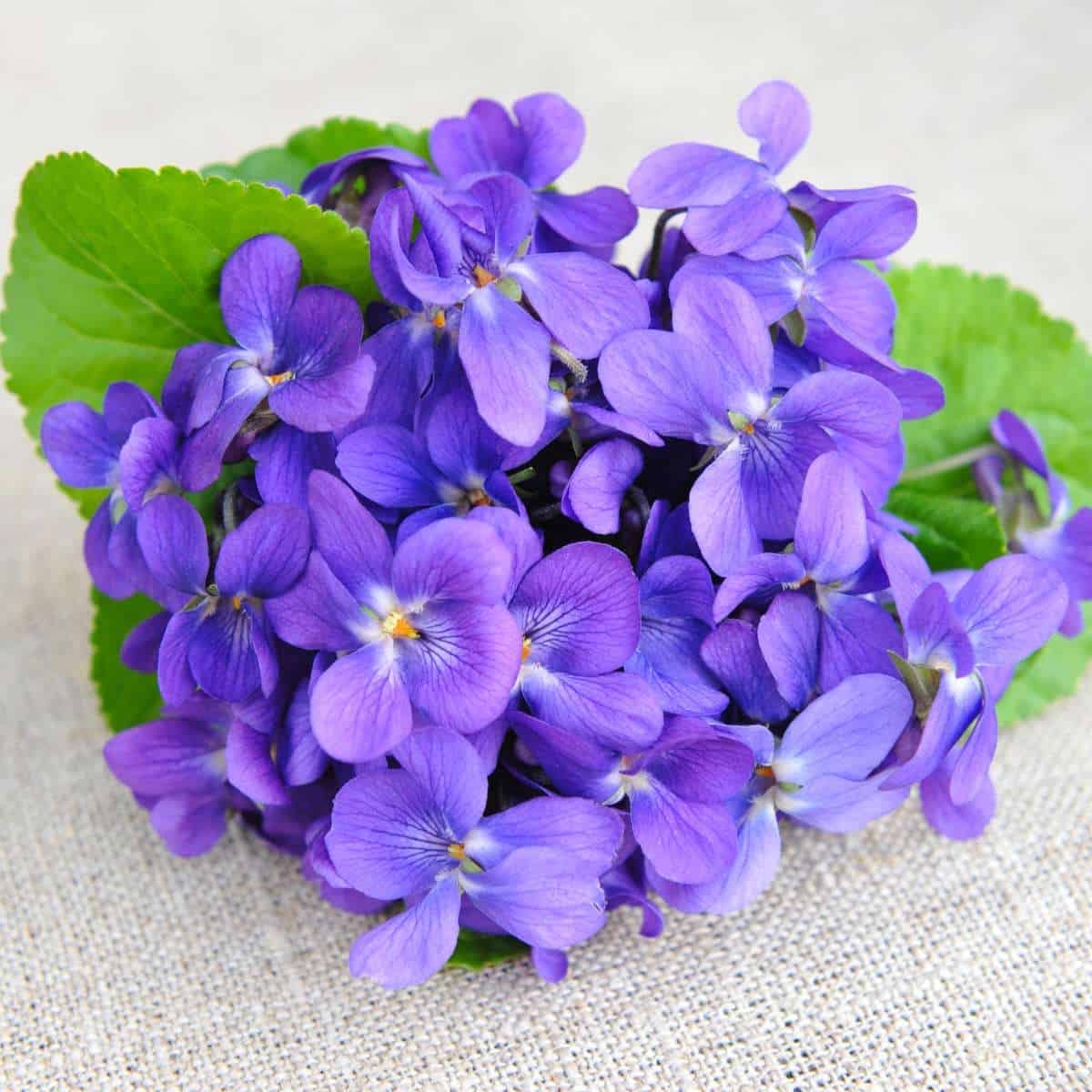
Foraging Wild Violets
Wild violets are a beautiful and edible plant that can be found in many parts of the world. They have a distinctive purple color and heart-shaped leaves, making them easy to identify. Foraging wild violets can be a fun and rewarding activity, as they can be used in a variety of ways. They are certainly one of my favorite wild edibles!
Where to Find Wild Violets
Wild violets can be found in a variety of environments, including forests, meadows, and gardens. They prefer moist soil and can often be found growing near streams or in shaded areas. Wild violets can also grow in full sun, as long as the soil is consistently moist.
Identifying Wild Violets
Wild violets have distinctive purple flowers with five petals, and heart-shaped leaves that grow in a rosette pattern. The leaves are typically dark green, but may have a purplish tint. The flowers and leaves are both edible and have a mild, sweet flavor. The most common variety of wild violet is Viola odorata.
Harvesting Wild Violets
When foraging wild violets, it is important to only harvest plants that are growing in areas that have not been treated with pesticides or other chemicals. The best time to harvest wild violets is in the spring when they are in bloom. To harvest, simply pick the flowers and leaves from the plant, being careful not to damage the roots.
Uses for Wild Violets
Wild violets can be used in a variety of ways, both culinary and medicinal. The flowers and leaves can be used to make violet tea, moon milk, syrup, jelly, and even candied violets. They can also be added to salads or used as a garnish for desserts. Medicinally, wild violets have been used to treat headaches, coughs, and other ailments.
Overall, foraging wild violets is an enjoyable and easy way to connect with nature and explore new culinary and medicinal possibilities.

Culinary and Medicinal Uses
Wild violets are not only a beautiful addition to your garden but also have numerous culinary and medicinal uses. Let's explore the different ways you can use wild violets in your kitchen and for your health.
Edible Parts of the Plant
All parts of the wild violet plant are edible, including the leaves, flowers, and roots. The flowers have a sweet taste and are commonly used to garnish salads or desserts. You can also make candied violets by dipping the flowers in egg white and then coating them with sugar.
The leaves of the wild violet plant are rich in vitamin A and can be used to make violet tea or added to salads. The roots of the plant can be used to make syrup that can be added to drinks or used as a sweetener.
Health Benefits
Wild violets have numerous health benefits. They are rich in antioxidants and can help boost the immune system. They also have anti-inflammatory properties and can help relieve pain and inflammation.
In addition, wild violets can be used to make a jelly that can help soothe a sore throat. The leaves of the plant can be cooked and used as a green that is rich in nutrients.
Overall, wild violets are a versatile plant that can be used in many different ways. Whether you use them in your cooking or for their medicinal properties, they are a valuable addition to any garden!



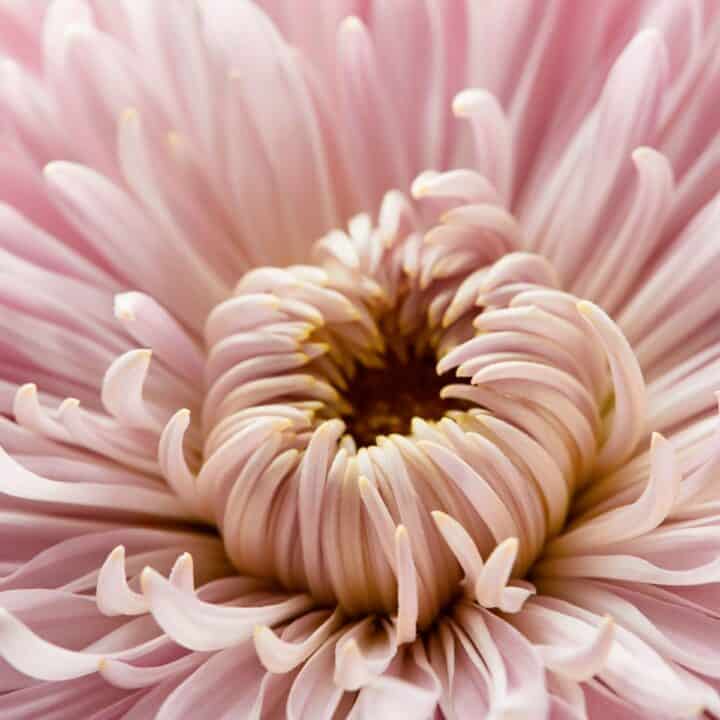
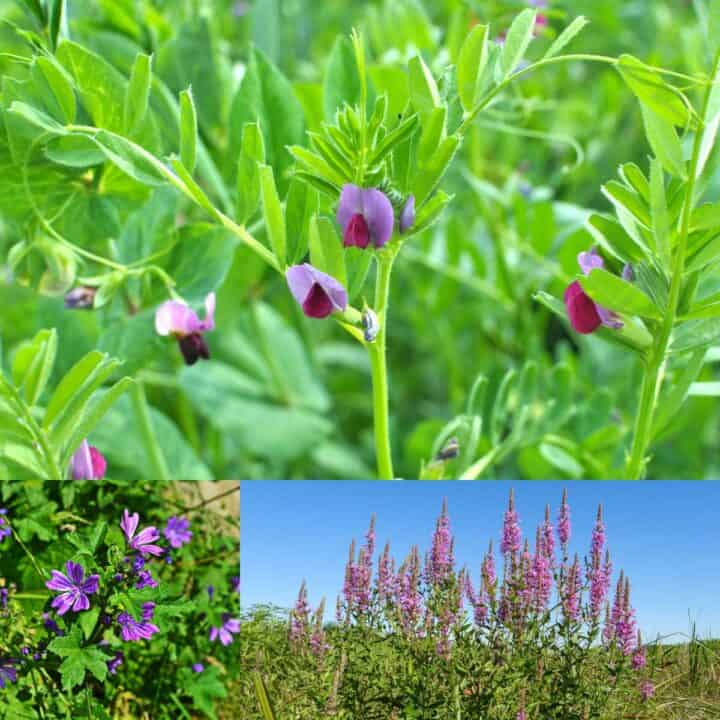

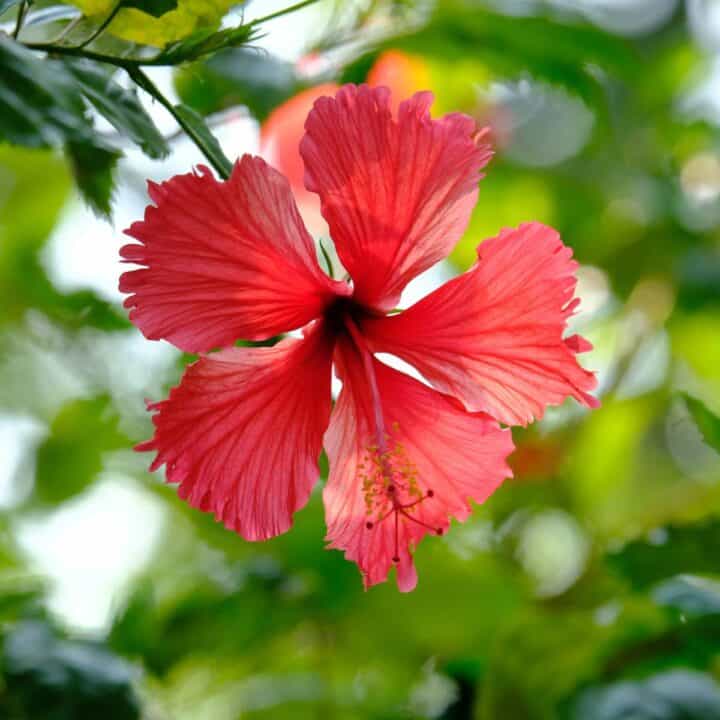
Comments
No Comments